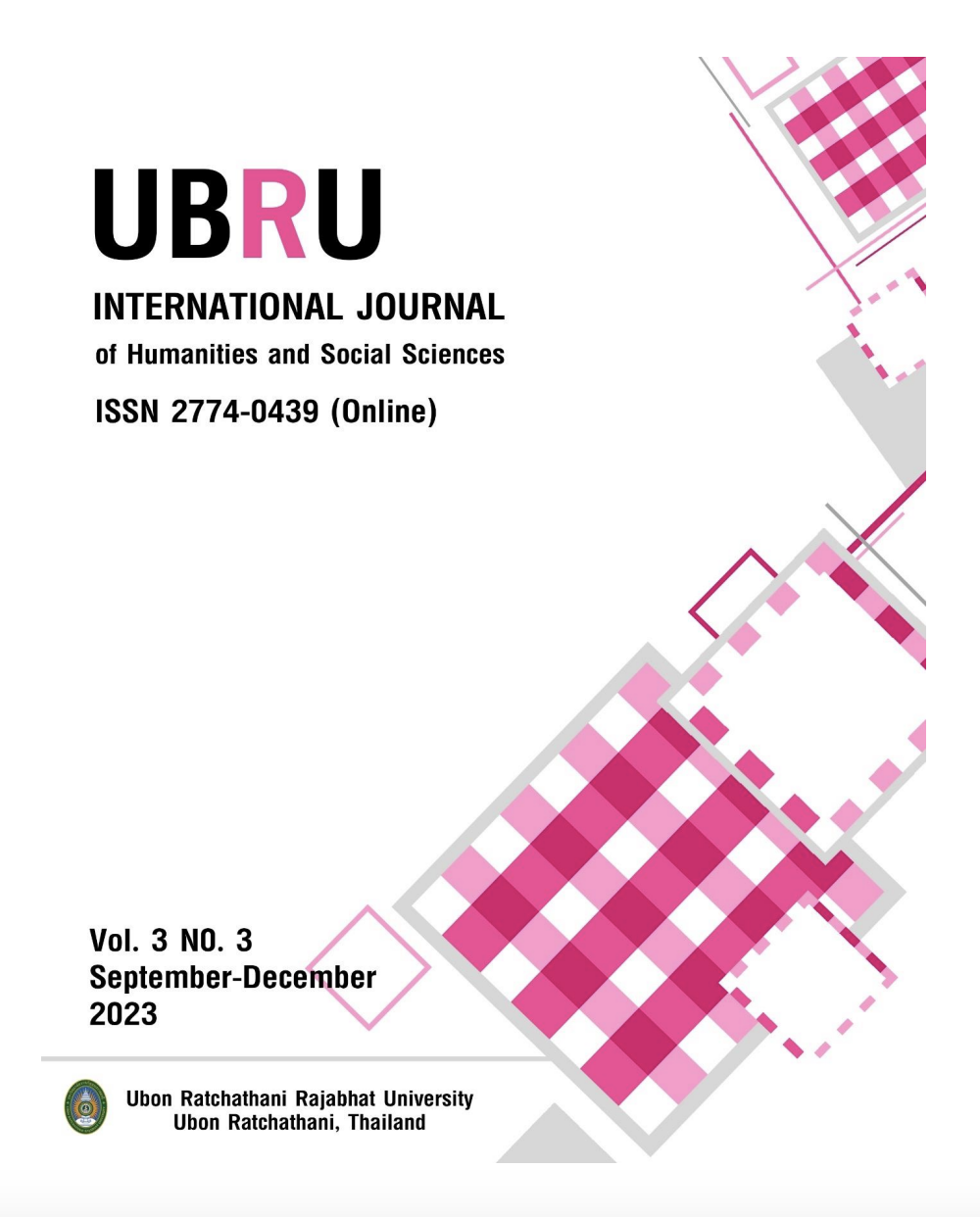Factors of Internal Auditors’ Characteristics in the Digital Age in Thailand
Main Article Content
Abstract
A study on the factors of internal auditors’ characteristics in the digital age in Thailand is a surveyresearch using a quantitative descriptive method, and a questionnaire as an instrument for data collection. The samples were administrators of the companies registered withthe Stock Exchange of Thailand (SET), the Market for Alternative Investment-MAI and groups of internal auditors. The statistics for data analysis were descriptive statistics consisting of percentage, mean and standard deviation including confirmatory factor analysis or CFA, system equation model-SEM. The model fit was assessed and it was found that the indexesofcongruence of the model were: Chi-Square = 611.016, CMIN/df. = 1.089, CFI = 0.995, GFI = 0.903, IFI = 0.995, NFI = 0.941, AGFI = 0.836, RMSEA = 0.019และRMR = 0.021.The results of theanalysis of the factors of internal auditors’ characteristics in the digital age in Thailand werestatistically significant at level 0.01,namely : 1) those registered withSET having the most influences werecharacteristics of the internal auditors, followed by professionalism, work performance, digital skills, leadership and communication, and ability in handling changing environment respectively; 2) those registered with the Market for Alternative Investment-MAIhaving the most influencesconsisted of work performance, followed by professionalism, characteristics of internal auditors, digital skills, leadership and communication, and ability in handling changing environment respectively;3)those within the groups of internal auditors themselves having the most influences, namely: characteristics of the internal auditors, followed by professionalism, work performance, digital skills, leadership and communication, and ability in handling changing environment respectively.
Article Details
References
Aekachai Achaphipat.(2016). Roles and Duties of Internal Auditorsin the New Age. Retrieved 15 August 2021,from https://www.spu.ac.th/uploads/contents/ 20161124150928.pdf.Angelicah Wanjiru Kaabue. (2020). Effects of internal audit practice on performance of public commissions in Kenya. A case of parliamentary service commission of Kenya. (Master’s thesis). Africa Nazarene University.Association of the Internal Auditors of Thailand. (2004). Standard of Professional Performance of Internal Auditing.Retrieved 15 January 2021, from https://web.kmutt.ac.th/internal-audit/Upload /stand_2547.pdf Bangkok Thurakit. (2020). 10 changing roles of 'Internal Audit Department' from the COVID-19 situation.Retrieved 17 August 2021, from https://www.bangkokbiznews.com/blogs/columnist/126183Chomprang Wongrasameeduean. (2021). Auditor of the future...develops skills for organizational change. Retrieved 17 August 2021, from https://shorturl.asia/k30lIComptroller General’s Department. (2003).Guidelines for Internal Auditing. Bangkok: Workgroup on Standards of Internal Auditing.
Fikre Gedefa. (2019). The Effect of Internal Audit on the Financial Performance of Bureau of Finance & Economic Development of the Oromia Region State. (Master’s thesis). Addis Ababa Uiversity.Inshik Seol. (2005). A multi‐attribute model for internal auditor selection. Retrieved July 31, 2021, fromhttps://www.emerald.com/insight/content/doi/10.1108/02686900510619700-/full/htmlInshik Seol, Joseph Sarkis and Frank Lefley. (2011). Factor Structure of the Competency Framework for Internal Auditing (CFIA) Skills for Entering Level Internal Auditors.Retrieved July 31, 2021, from https://papers.ssrn.com/sol3/Delivery.cfm/j_1099-1123_2011_ 00431_x_wml.pdf ?abstractid=1943326&mirid=1James A. Bailey. (2010). Core Competencies for Today's Internal Auditor.Retrieved July 31, 2021, from https://www.interniaudit.cz/download/CBOK/Report%20II%20short%20article.pdfKanjana Wimonchaijit. (2015).Roles of Internal Auditors and Making Value-added to the Organization. Retrived 15 August 2021,fromhttps://www.cad.go.th/cadweb_org/ewt_dl_link.php?-nid=24978Ramita Insai and Worawit Laohameti. (2019). Attitude of Auditors and Factors on Environment of Auditing Affecting Work Performance of internal Auditors: A Case Study of Public Health Office, Nan Province. Mater’s Thesis, Chiangmai: Rajamangkala University, Lanna.Saddam A. (2020). The Impact of Internal Audit Quality on Financial Performance of Yemeni Commercial Banks: An Empirical Investigation. Retrieved July 24, 2021, fromhttps://www.researchgate.net/profile/Mosab-Tabash/publication/346703833_-The_Impact_ of_Internal_Audit_Quality_on_Financial_Performance_of_Yemeni_Com-mercial_-Banks_An_Empirical_Investigation/links/5fe18328a6fdccdcb8ef9420/The-Impact-of-Internal-Audit-Quality-on-Financial-Performance-of-Yemeni-Commercial-Banks-An-Empirical-Investigation.pdfSilapaporn Srijanpech. (2011). Roles of Internal Auditors and Making Values for the Business. Retrieved 15 August 2021 from http://www.jba.tbs.tu.ac.th/files/Jba132/Column/JBA132Sinlapaporn C.pdfTaro Yamane. (1970).Statistics: An Introductory Analysis. (3rd ed.).New York: Harper and RowPublications.Wirathai Santipraphop. (2017). Roles of Internal Auditing in 4.0 Era. Retrieved13 October 2021, fromhttps://www.opsmoac.go.th/km-km_article-files-401591791796


